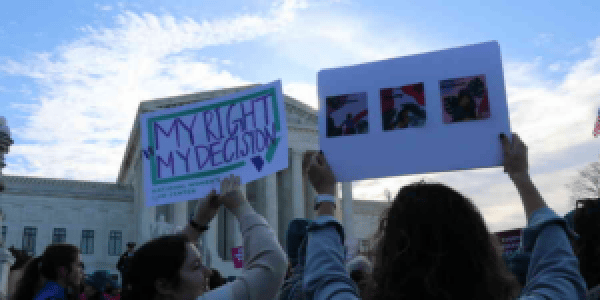Abortion rights, women of color, and LGBTQI+ people are under attack. Pledge to join us in fighting for gender justice.
Child car e helps children, families, and communities prosper. It gives children the opportunity to learn and develop skills they need to succeed in school and in life. It gives parents the support and peace of mind they need to be productive at work. And, by strengthening the current and future workforce, it helps our nation’s economy. Yet many families, particularly low-income families, struggle to afford child care.
e helps children, families, and communities prosper. It gives children the opportunity to learn and develop skills they need to succeed in school and in life. It gives parents the support and peace of mind they need to be productive at work. And, by strengthening the current and future workforce, it helps our nation’s economy. Yet many families, particularly low-income families, struggle to afford child care.
Given the importance of child care assistance to the well-being of parents and their children, it is essential for states to have strong child care assistance policies. This report examines states’ policies in five key areas–income eligibility limits to qualify for child care assistance, waiting lists for child care assistance, copayments required of parents receiving child care assistance, reimbursement rates for child care providers serving families receiving child care assistance, and eligibility for child care assistance for parents searching for a job. These policies are fundamental to determining families’ ability to obtain child care assistance and the extent of help that assistance provides.
- Families in 31 states were better off in February 2016 than in February 2015 under one or more child care assistance policies covered in this report.
- Families in 15 states were worse off in February 2016 than in February 2015 under one or more of these policies.
Although there were more improvements than cutbacks between 2015 and 2016, the improvements states made were generally modest and too small to close persistent gaps in families’ access to assistance and the level of assistance available.

